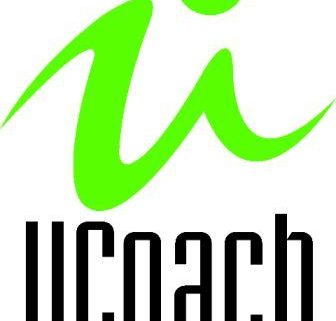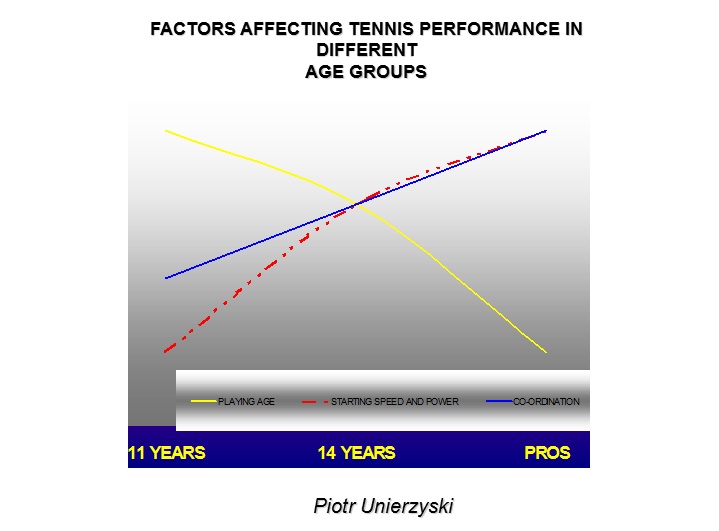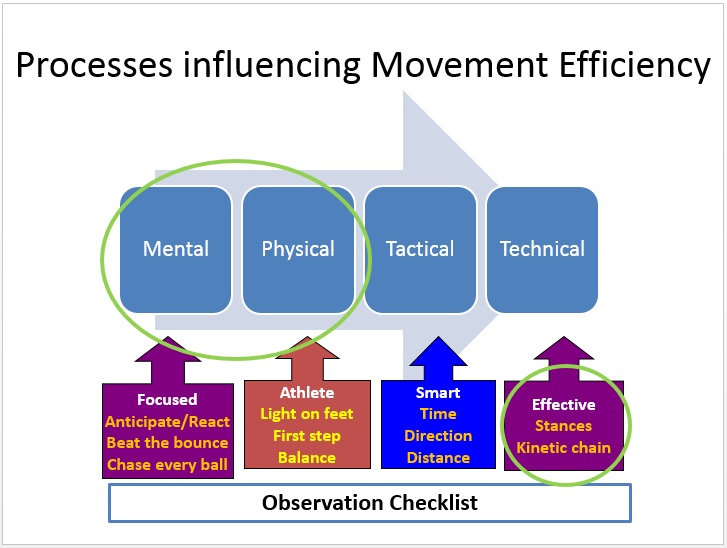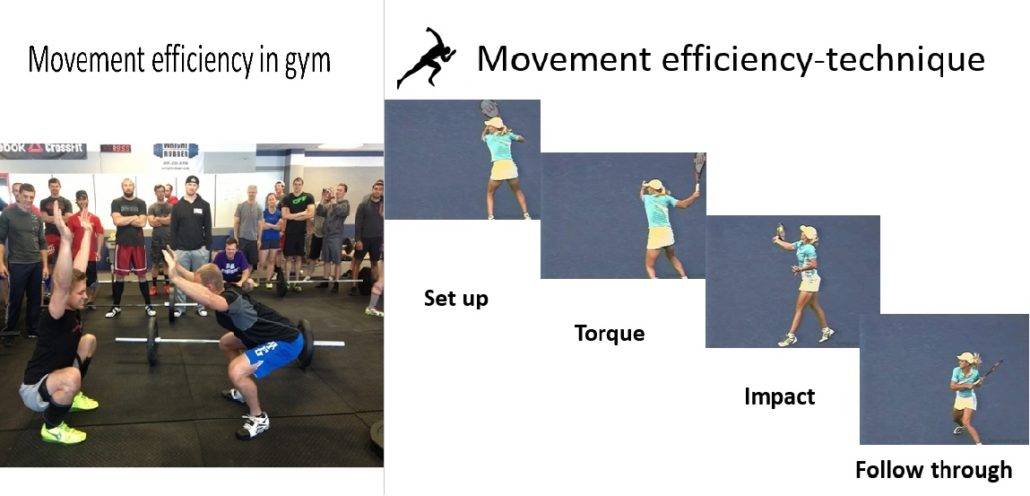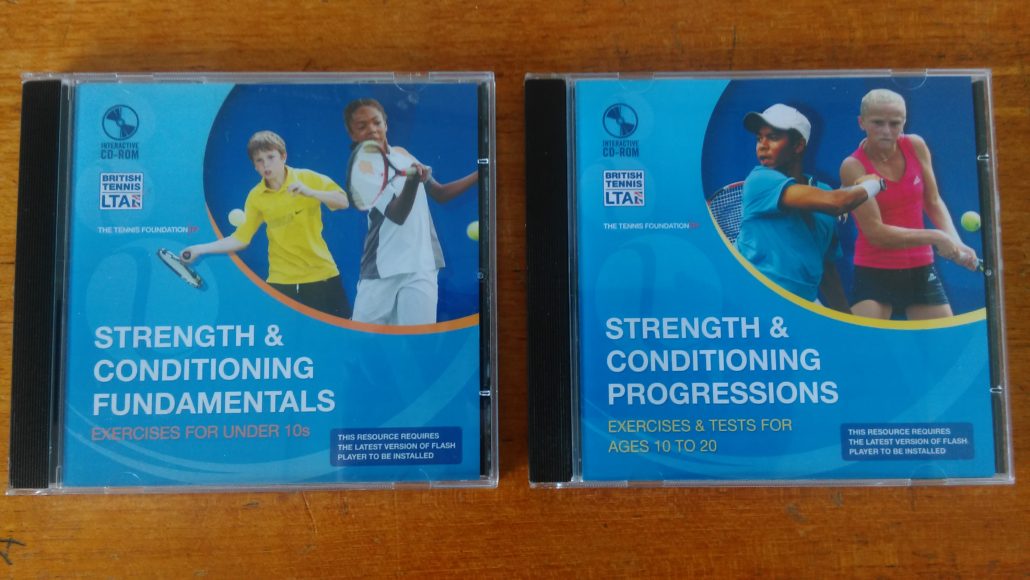The Role of S&C in Sports Skill Development
This week I had the privilege to be invited to speak at a Lawn Tennis Association Level 4 Coaching Qualification. This qualification was being run by Nigel Long, a director of UCoach and I was asked to speak to the tennis coaches as part of the physical development section of the course.
The brief was to discuss optimal physical training programmes for junior performance tennis players from 5-16 years, highlighting the typical methods, frequency of sessions and so on that might be expected to be carried out. It is never easy to condense so much into one day but I did my best and feedback was that it was well received. Here is what we covered:
In the morning I delivered a presentation entitled: ”The role of S&C in stroke development.” We looked at three key themes:
- Long term Athlete Development (LTAD)
- Technical Checklist
- Coaching Footwork
There were some break out practicals to keep them alert and engaged as part of this presentation as well as some video analysis of footwork.
In the afternoon we looked at the Annual Plans that I have prepared for the various performance squads discussing expected training to competition ratios and the emphasis I place on different physical components at certain times of the year. We also did a warm-up practical.
Below are some summary points from the morning’s presentation:
Long term Athlete Development (LTAD)
I think it is vital to put into context the role of physical preparedness at different stages of the tennis journey. Clearly the number of years you have been playing has the biggest contribution to tennis performance (resulting in winning) in the game at 11 and under. It is not so important how fast or coordinated you are in a general sense – what counts is who has been playing tennis the longest.
As you progress through the ranks it is evident that the role of the physical attributes of the tennis player become ever increasingly important – where upon at the pro game we can conclude that physical attributes such as speed, power and coordination are vital to tennis performance.
Well duh? That’s obvious right?
Well, while it may not come as a surprise, what surprises me though is the reluctance to give physical development enough priority in training during the years of training as a child and adolescence. If we can all agree that it is of vital importance then why can’t we agree it needs more training time as the child grows up? Do we perhaps assume that growth and maturation takes care of its development? I’m not sure but what I like to stress with coaches is that growth and maturation isn’t enough – time and time again research has shown that training related improvements in physical qualities can far exceed those developed through growth and maturation alone.
We talked about the priority areas for physical development– which if you have ever attended an APA Training course you will be familiar with the 5 S’s (Suppleness, Skill, Strength, Speed, Stamina).
We also talked about how many hours of Tennis and S&C per week. As far as hours go we can get into all kinds of discussions about how many hours to do per week, per year etc and of course we absolutely have to factor in talent into this discussion.
Definition of Talent: the rate of learning

I wanted to offer this definition to get the coaches to view talent beyond the apparent genetic physical attributes but also the apparent rate with which they are able to acquire motor skills from a motor learning stand point. Once we grasp this concept we can view rate of learning like internet download speed- everyone will get there in the end but some people will take longer than others to download the information you are giving them.
Technical Checklist
For me this is a critical part of the cross-over between S&C and Sports Coach. Every Sports coach has a technical checklist- basically a technical model of correct technique from a biomechanical standpoint. We talked about KINEMATICS versus KINETICS.
As you will see in the slide above the technical checklist has a consideration of stances (footwork aka set up) and kinetic chain (bodywork/torque, impact and follow through). These would be considered the KINEMATIC aspects of technique- what the stroke should look like.
The message I wanted to get across to the tennis coaches is that perhaps the best question they can ask an S&C coach is: ”Are there any physical limitations in their performance that would prevent them being able to execute this tennis technique?”
Perhaps they lack the suppleness to get into the technically correct position- which effects their kinematics. But more often they also lack the required strength/speed to produce elements of the stroke due to their kinetics. They can’t produce enough FORCE or at the required speed to execute elements of the required technique.
Now I explained that the gold standard is to conduct fitness tests and assessments to determine the athlete’s level of preparedness and whether they have the required levels of strength, power and speed to meet the demands of the game. That’s where we come in. But if they don’t have these kind of resources they can still conduct their own on court assessments.
Look at things like:
- Being light on your feet- skipping
- Having an explosive first step- Figure 8 drill
- Arriving at the ball in balance- hop and stop test
There are many simple exercises to assess this and train it. This leads nicely into the last section
Footwork
As Louis Cayer once told me, if an S&C coach is going to teach/train footwork then they had better know what they are talking about. You certainly have heard of the quote:” A little knowledge is dangerous.” We don’t want to undermine our selves by going outside of our scope of practice.
Role of the Tennis coach:
In my experience the tennis coach is therefore in the best position to teach/train specific footwork patterns on the court in terms of how to move to hit a ball. But there are a number of physical qualities that need to be present which I discussed above.
The physical traits above of being light on your feet, having an explosive first step and arriving in balance could be worked on BY THE TENNIS COACH using some more general drills as part of the tennis lesson such as the ones below:
Skipping- Target 200 in 1-minute
Figure 8 drill- Target 4 in 10-seconds
Figure 8 forward- Target 5 in 20-seconds (if doing a jump at the completion of every figure 8)
Hop and stop- stick at 90 degree knee angle for 3 seconds at 50% of standing height
I personally believe these could be used by the tennis coach to get an indication of their athlete’s athletic profile in the absence of some of the fitness testing knowledge that an S&C coach will have.
Role of S&C coach
Primary goal: improve the kinetic capabilities of the athlete in the gym- ability to produce more force
If the S&C coach has further knowledge and skills that mean they can coach the specific footwork of the tennis stroke then further transfer of physical gains can be made, and this should be encouraged.
Further information for Tennis Coaches:
Finally, to get further information I highly suggest the LTA CD-Rom Resources
And also APA’s Level 2 Certificate in Strength & Conditioning. We will announce the dates for October/November 2016 shortly.

